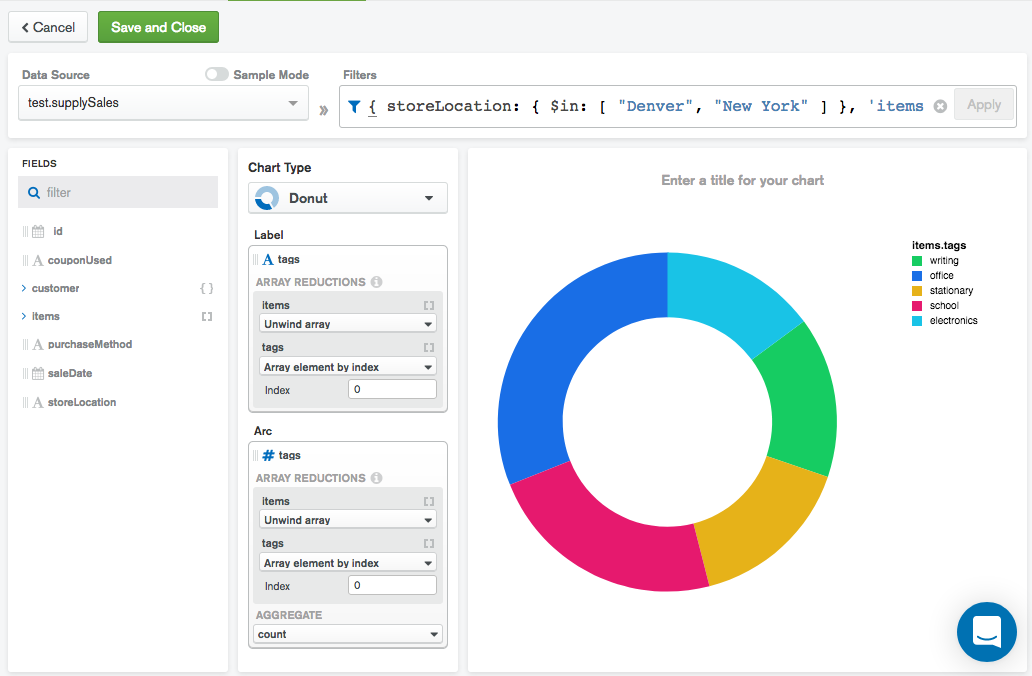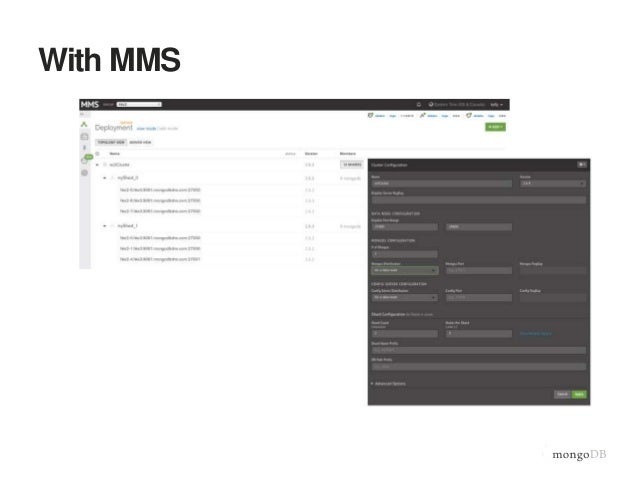

- #Mongodb generate test data how to
- #Mongodb generate test data install
- #Mongodb generate test data download
There are plenty of sources of mock data creation and I don’t intend to go into any review of these in this post, Instead, I wanted to cover off a little quirk I noticed when using Mongo Db as my data engine and creating mock data with guids as they’re Id. When dealing with smaller scale projects in which the creation of the data itself is also new, being able to quickly create enough test data to make any prototype/ demo/ early testing of any worth is of massive value. Be the focus on UI or the need for extensive e2e test coverage, having access to streams of data is invaluable. node_modules/.bin/nyc report -reporter=text-lcov > coverage/lcov.When consulting for large firms, where the existence of copious amounts of test data is established, it makes it very easy to realise the potential of any prototype or greenfield work very quickly. nyc_output folder containing necessary data # nyc report requires that nyc has already been run,

#Mongodb generate test data download
# download test reporter as a static binary node_modules/.bin/mocha -recursive -timeout=10000 -exit -reporter mocha-junit-reporter -reporter-options mochaFile=reports/mocha/test-results.xml
#Mongodb generate test data install
For more information on these issues, see Issue 1524 and Issue 5239 of the official Jest repository.ĬC_TEST_REPORTER_ID: code_climate_id_hereĬommand: 'sudo npm install -g Download and cache dependencies Using -runInBand will force Jest to use only the virtualized build environment within the virtual machine.įor more details on -runInBand, refer to the Jest CLI documentation. Without this flag, Jest will try to allocate the CPU resources of the entire virtual machine in which your job is running. When running Jest tests, please use the -runInBand flag. Note that usage of the jest cli argument -testResultsProcessor in the article has been superseded by the -reporters syntax, and JEST_JUNIT_OUTPUT has been replaced with JEST_JUNIT_OUTPUT_DIR and JEST_JUNIT_OUTPUT_NAME, as demonstrated above.

#Mongodb generate test data how to
See the Persisting data page for information on how to customize storage retention periods for objects like artifacts.Ĭommand: jest -ci -runInBand -reporters=default -reporters=jest-junitįor a full walkthrough, refer to this article by Viget: Using JUnit on CircleCI 2.0 with Jest and ESLint. Artifacts use storage, therefore, there is a cost associated with storing artifacts. To see test results as build artifacts, upload them using the store_artifacts step. This can be useful when debugging issues with setting up your project’s test results handling, for example, finding incorrectly uploaded files. Test insights and flaky test detection.Īlternatively, storing test results as artifacts means you can look at the raw XML.Using the store_test_results step gives you access to: This page describes how to configure CircleCI to output test data as XML for some common test runners and store reports with the store_test_results step. When you save test data using the store_test_results step, CircleCI collects data from XML files and uses it to provide insights into your job. There are advantages to both methods, so the decision needs to be made for each project. You can either use artifacts or the store_test_results step. When you run tests in CircleCI there are two ways to store your test results.


 0 kommentar(er)
0 kommentar(er)
